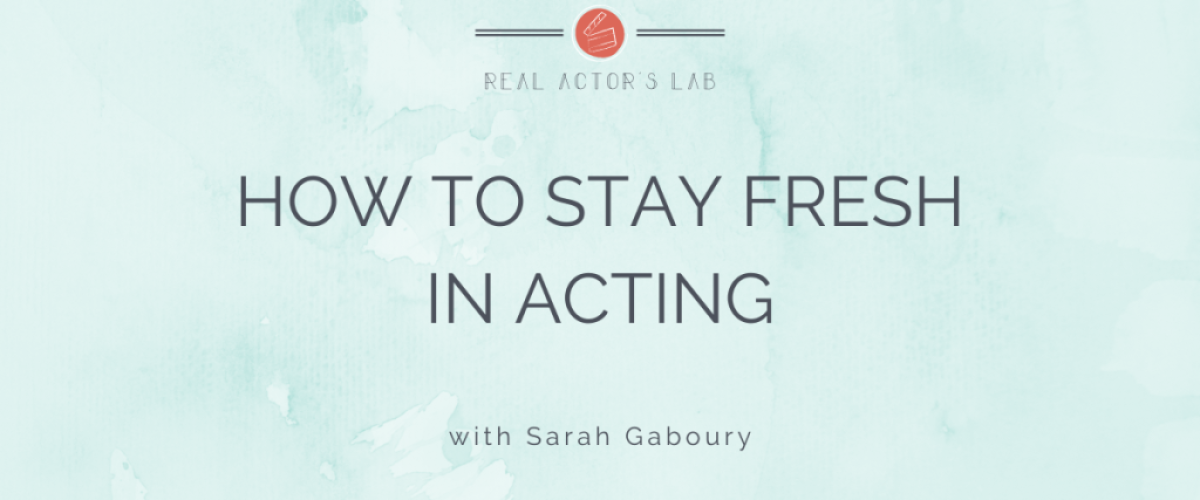Are you REALLY affecting your scene partner?
Have you ever held a really good burrito in your hand, just the perfect amount of all your favorite ingredients? You can smell the yumminess inside…it’s still warm and you can’t wait to take a bite but just as you lift it off your plate, the tortilla falls apart and the contents go everywhere? *6^(*&^$*^%#!!
If acting is like a burrito (bear with me here), then affecting your scene partner is the tortilla that delivers the goods to its destination. You can have all the perfect ingredients—you’ve got the lines down, you understand the circumstances deeply, you’ve built specific juicy relationships to the POPE, you know exactly what you want and it puts a fire in your belly, you’re present —but if you aren’t actively working to affect your scene partner throughout the scene, the whole thing falls apart.
Check out the clip below to see a student working through the difference of playing an action with the other character and doing something to them – and discovering the power of really landing that action on their scene parter.
CLASS CLIP TRANSCRIPTION
Sarah: Reasoning with…is different. It’s something that you do…it’s something that you do with someone, you work with them, right. Working with them is different than changing them somehow. You’re doing something to them to affect them and change them.
Student: And that’s working with them.
Sarah: It’s more direct, to the other person, to get a result. Does that make sense?
Student: Working with them, you mean.
Sarah: No, I’m saying—when you have that “with,” like “work with,” “reason with,” it’s a different thing that when you’re doing something to them to change them to get something.
Student: Oh yes, totally, yes, yes, I get that. Yeah, yeah I get that.
Sarah: And it was so direct, what you were doing. It was so, you know, it felt so, there was a clear, a clear action being played as you replayed that. So that’s what that playback can really help you discover, you can keep doing it. What does it feel like? What am I doing? What am I doing? What am I doing?
Student: Right. Right. It’s so funny you said that because in the scene, in the last page in the scene, as I was really, cause there’s a lot that he’s doing there, and as we covered last week, with his ultimate objective, I was like, what is he doing? What is he doing? What is he doing to this guy? What is he doing to Casey? It’s funny that you said it because I just remember a couple days ago, I was just working on it, and I was like, no, I’m not getting it. I’m just not getting it. And I was just like, I really sat down and literally did exactly what you were doing. And I was like, yo what am I doing? I looked at my verb sheet, I was like, what am I doing? I went down through all three columns, I was like, no, no. And I just started using, I was like boom, boom. But I know I can get way better at that because you just showed me like three different words that I could’ve applied instead of what I used with my boy, reason with. And it’s’ like no. I’m not reasoning with him at all. This is a serious issue, he’s dealing with family and dealing with family outside of, especially, you know, in this time, you don’t, it’s not reason with. It’s not with, it’s like to. I’m trying to affect you.
Sarah: Yeah!
Student: I still need help with that, but I like where I’m going with it.
Sarah: I feel like I could tell that there was a little lightbulb that went off just there as you saw that. As you were replaying that moment.
Student: Right.
Sarah: I could see it. And what you were playing was a clear action that didn’t look like a “reason with.”




